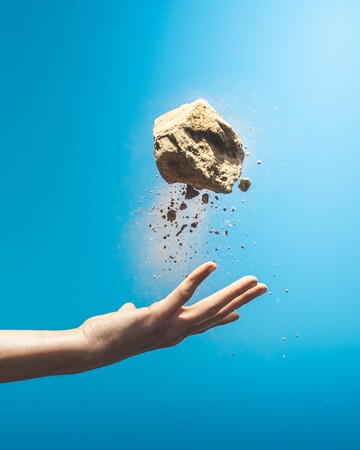What is malleability?

Malleability is the ability of a material to be hammered or rolled into sheets, a rock isn't able to deform without breaking.

Malleability is the ability of a material to be hammered or rolled into sheets, a rock isn't able to deform without breaking.
Malleability is a property of a material that allows it to be hammered or pressed into thin sheets without breaking. This is because the material can be deformed under pressure without breaking its bonds.
Some common examples of malleable materials are metals, such as gold, silver, copper, and aluminum. These metals can be hammered into thin sheets, or even drawn into wires.
Have you ever seen a piece of aluminium foil? Aluminium foil is made by hammering alunium until it is as thin as paper.
Malleability is a useful property for many different things. For example, it is used to make jewelry, coins, and other decorative objects. It is also used to make metal cans and other containers.
Malleability is a property that allows some materials to be deformed without breaking. This is a useful property for many different things, and it is found in many common materials, such as metals.

Malleability is the ability of a material to be hammered or rolled into sheets, a rock isn't able to deform without breaking.